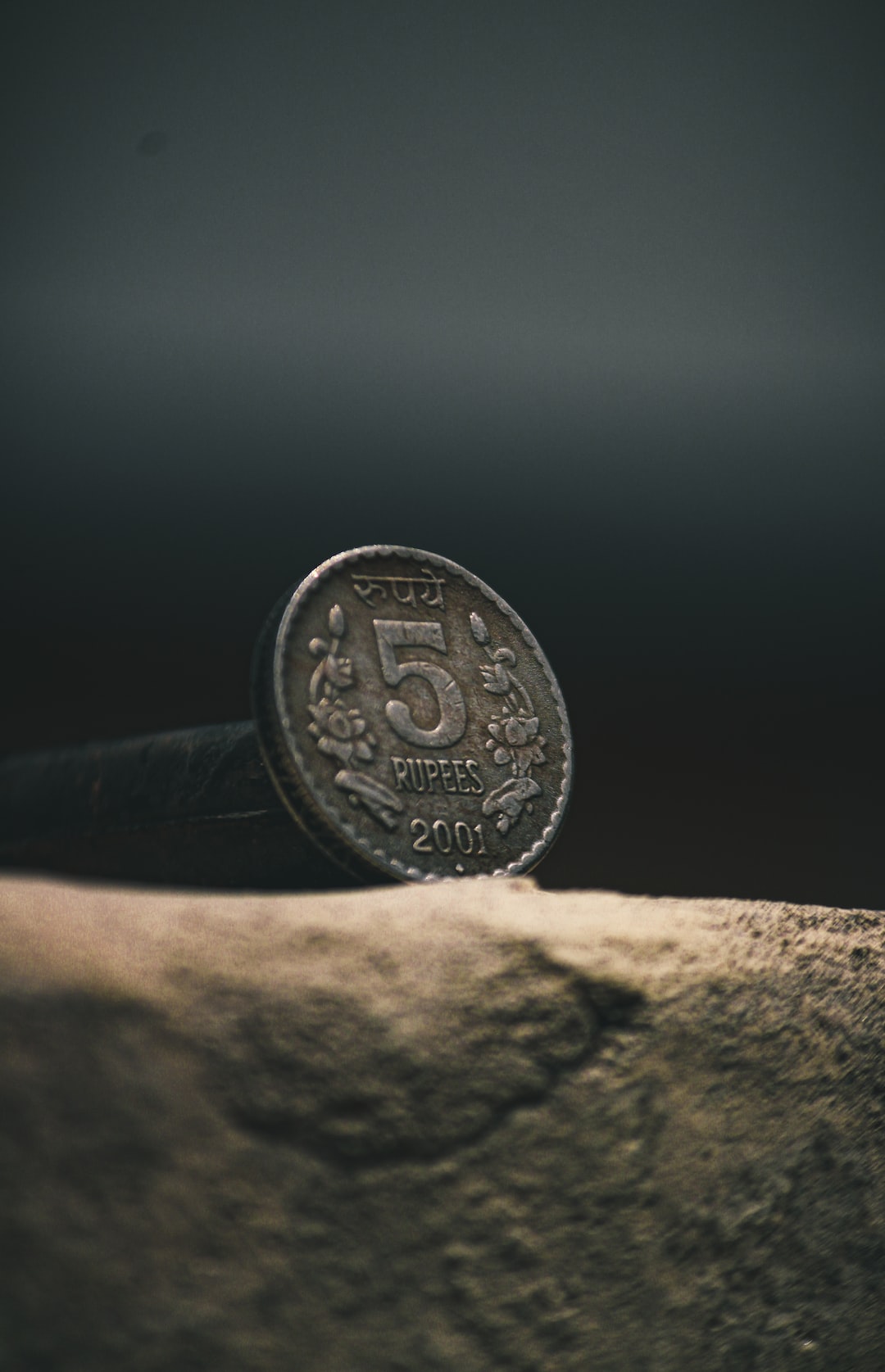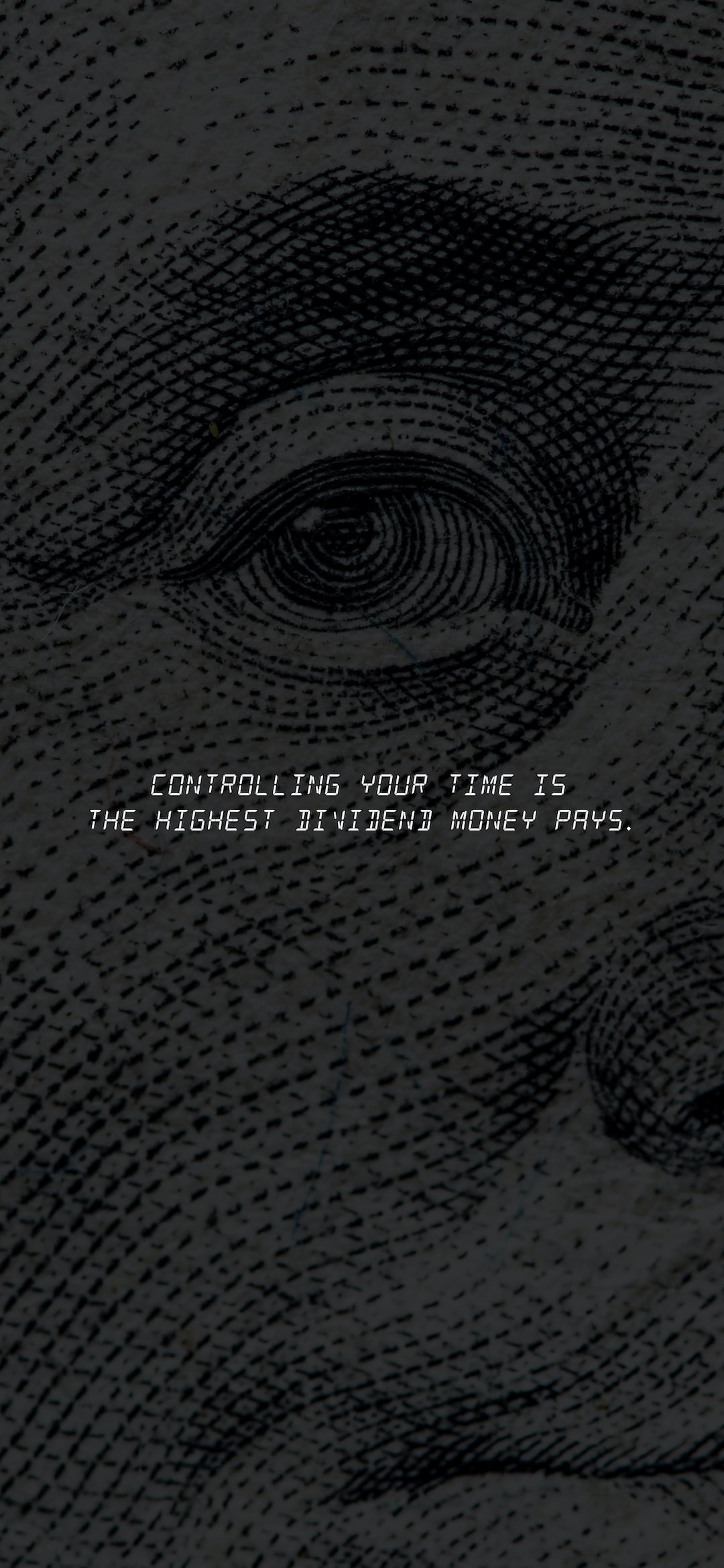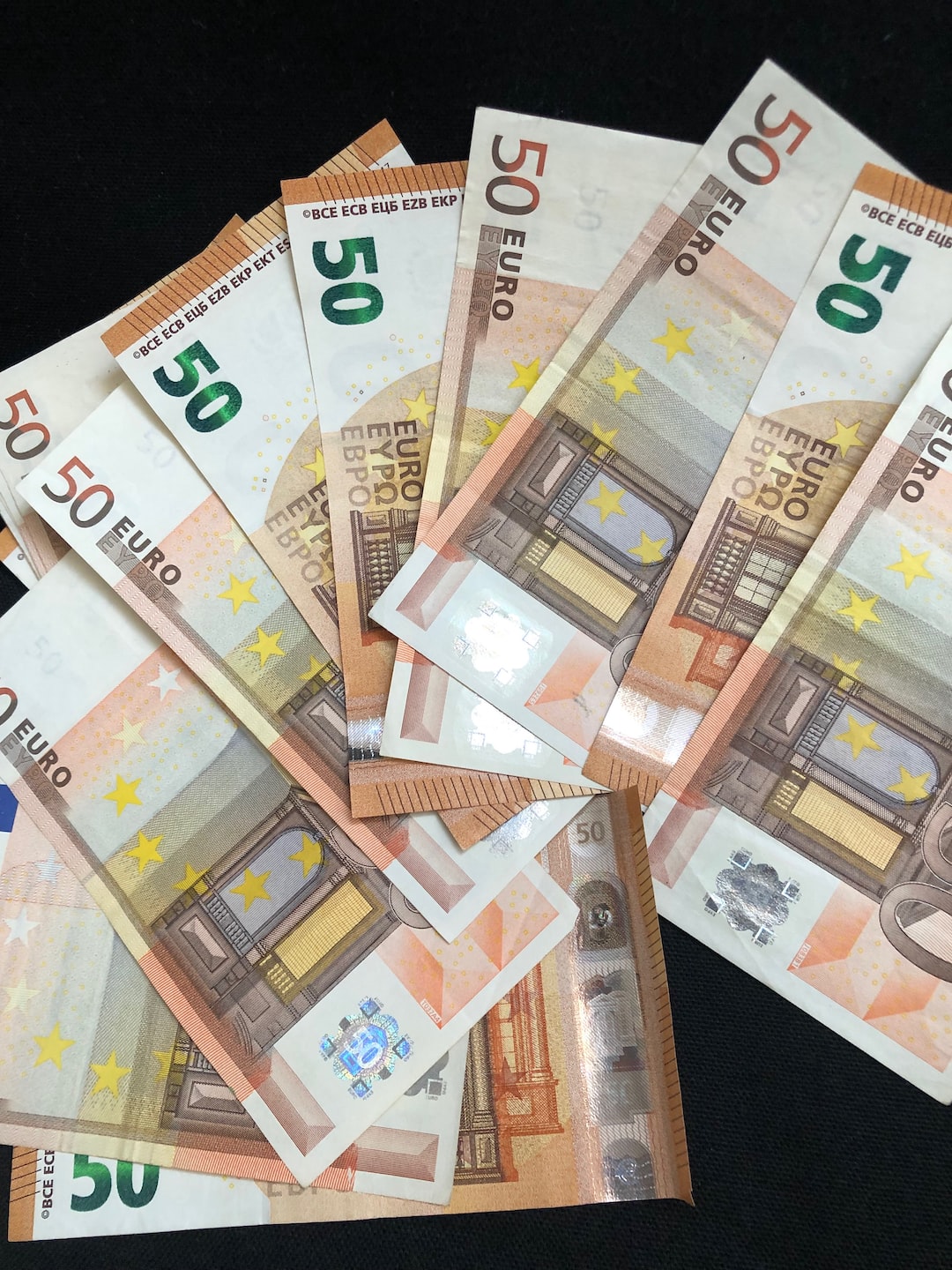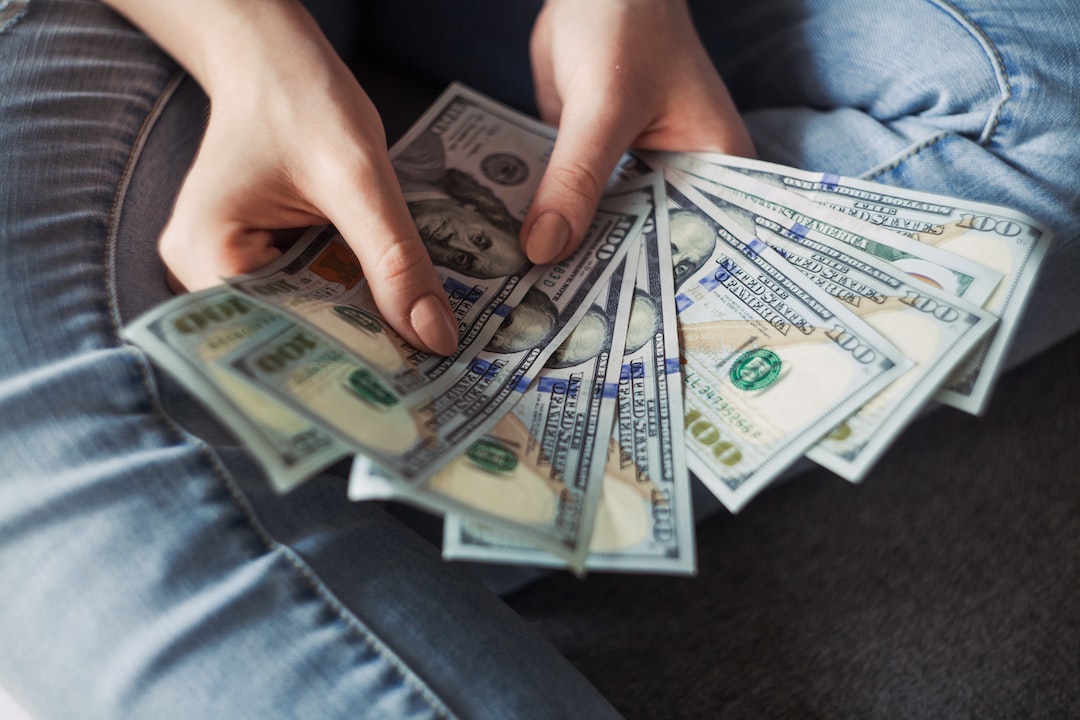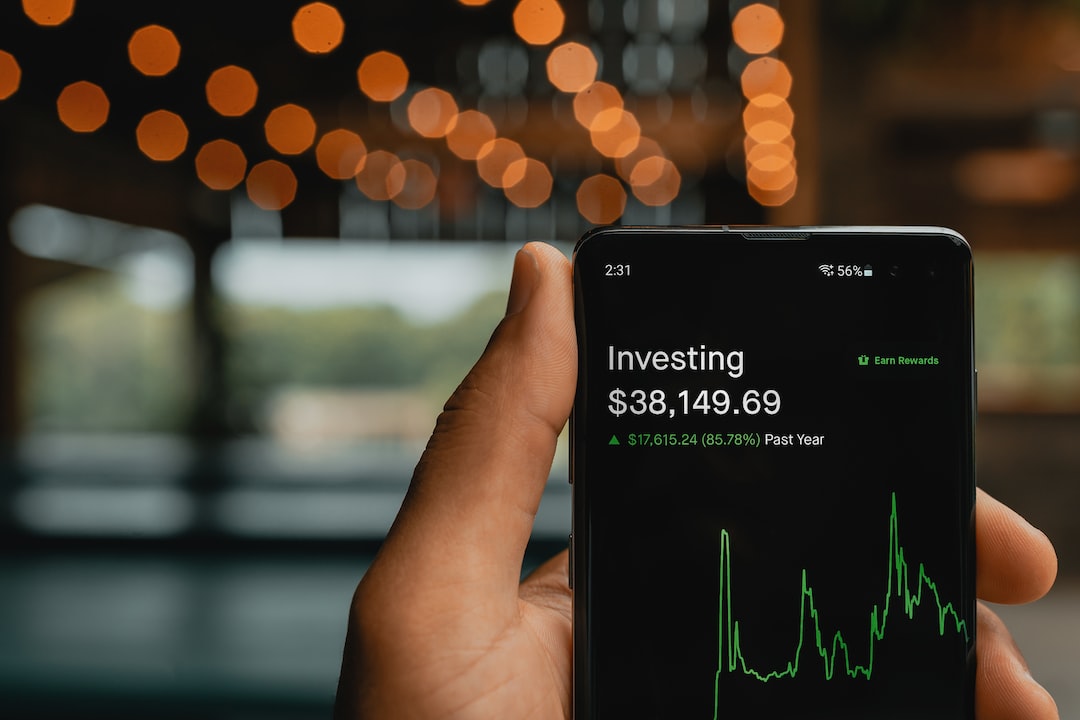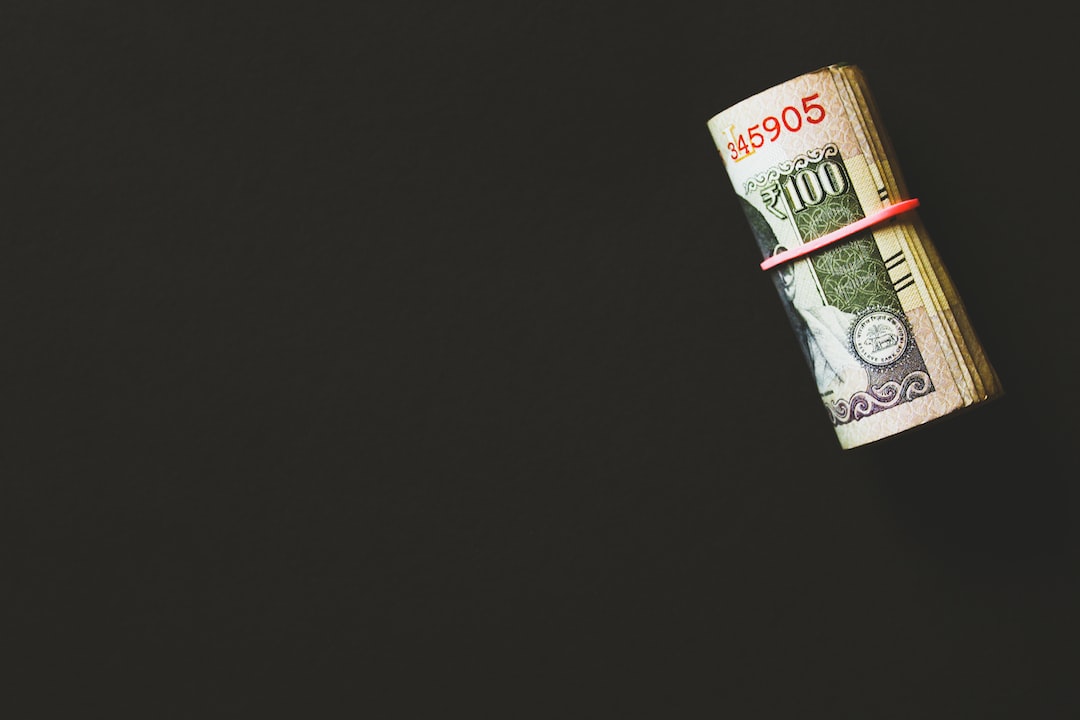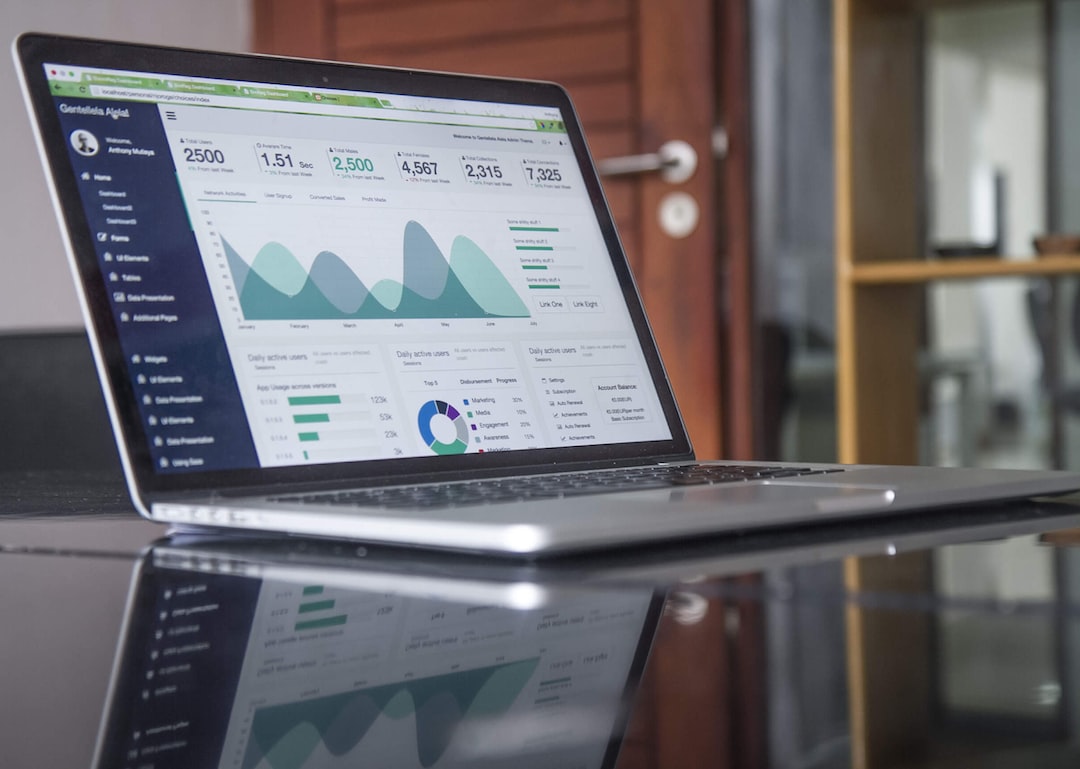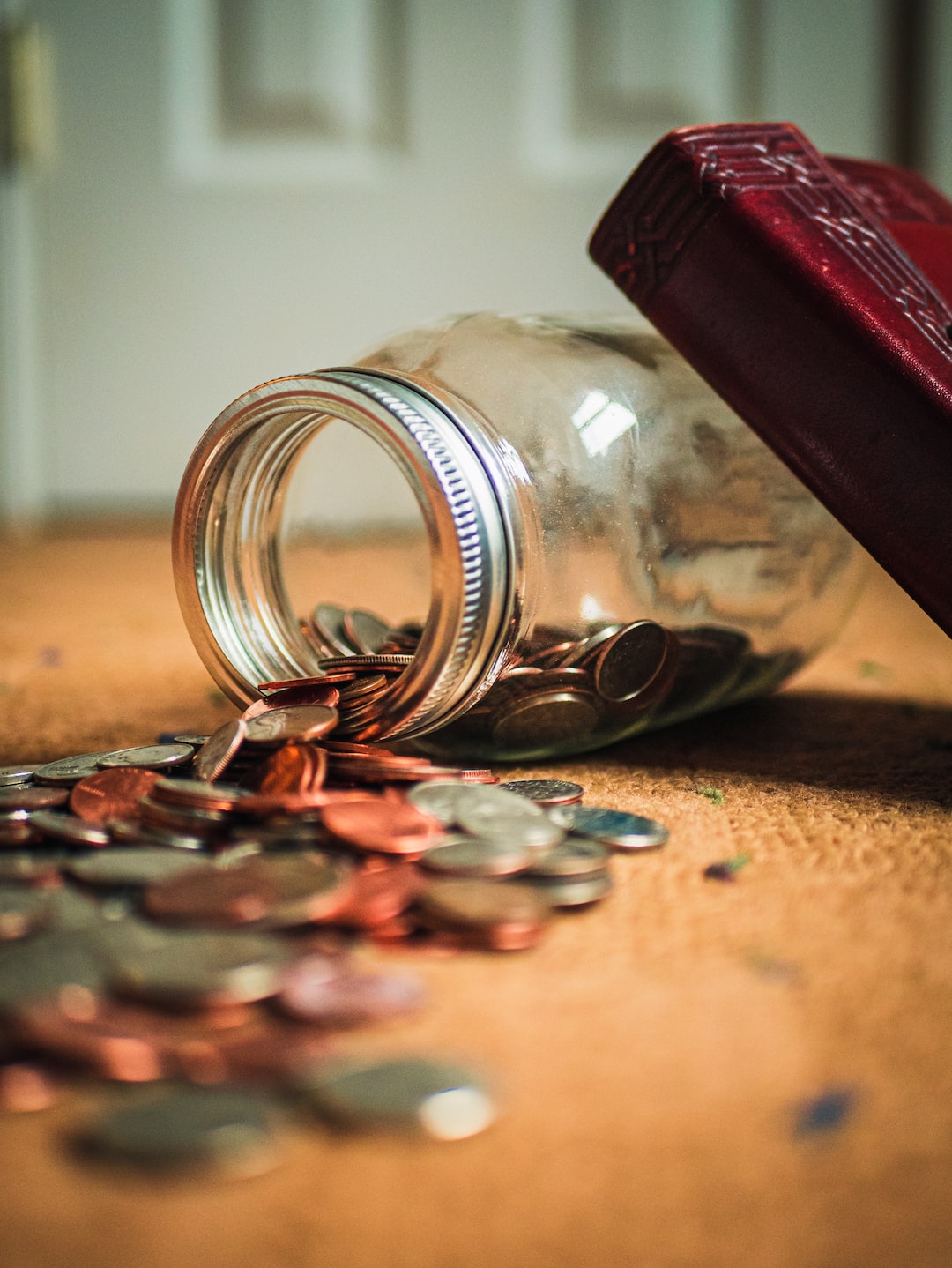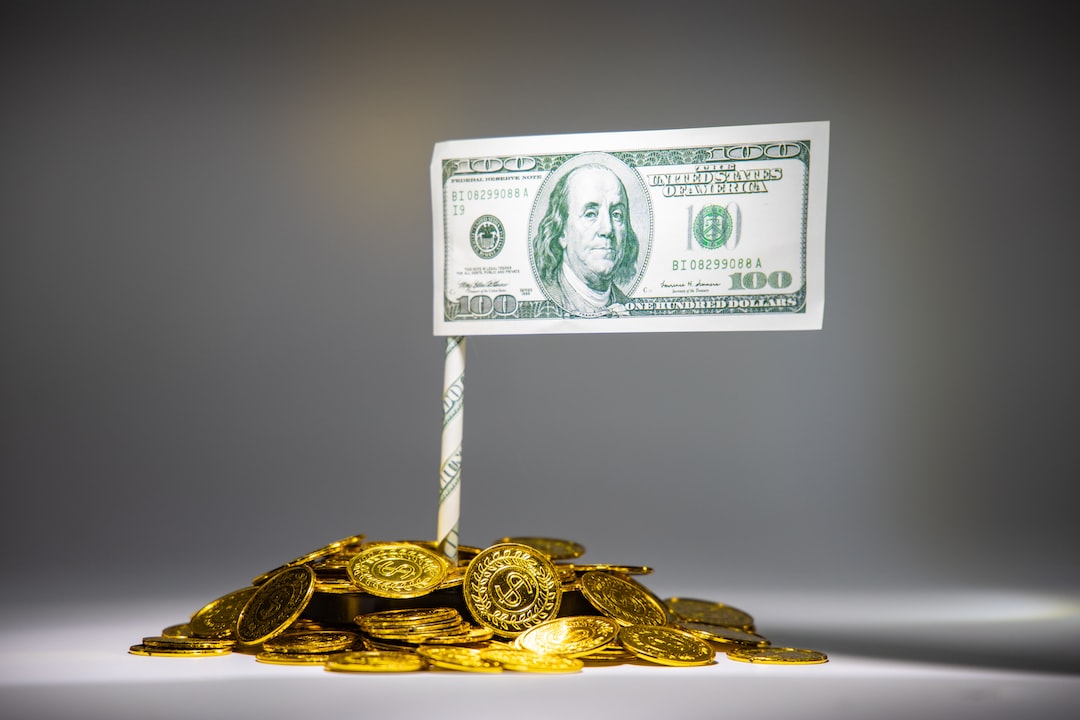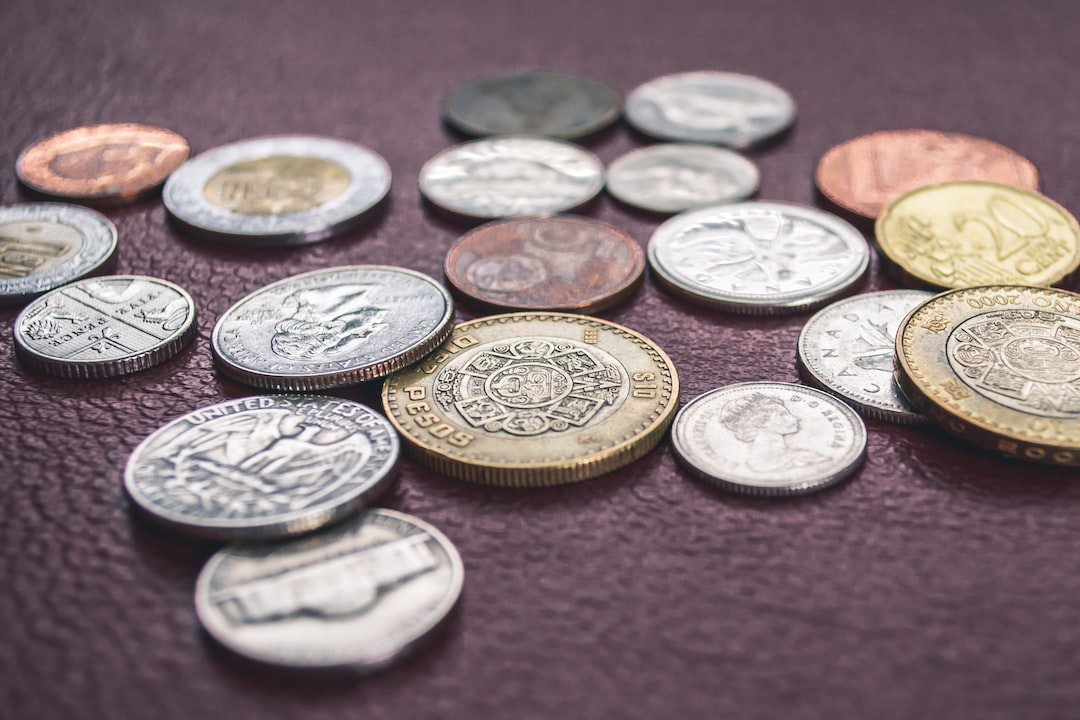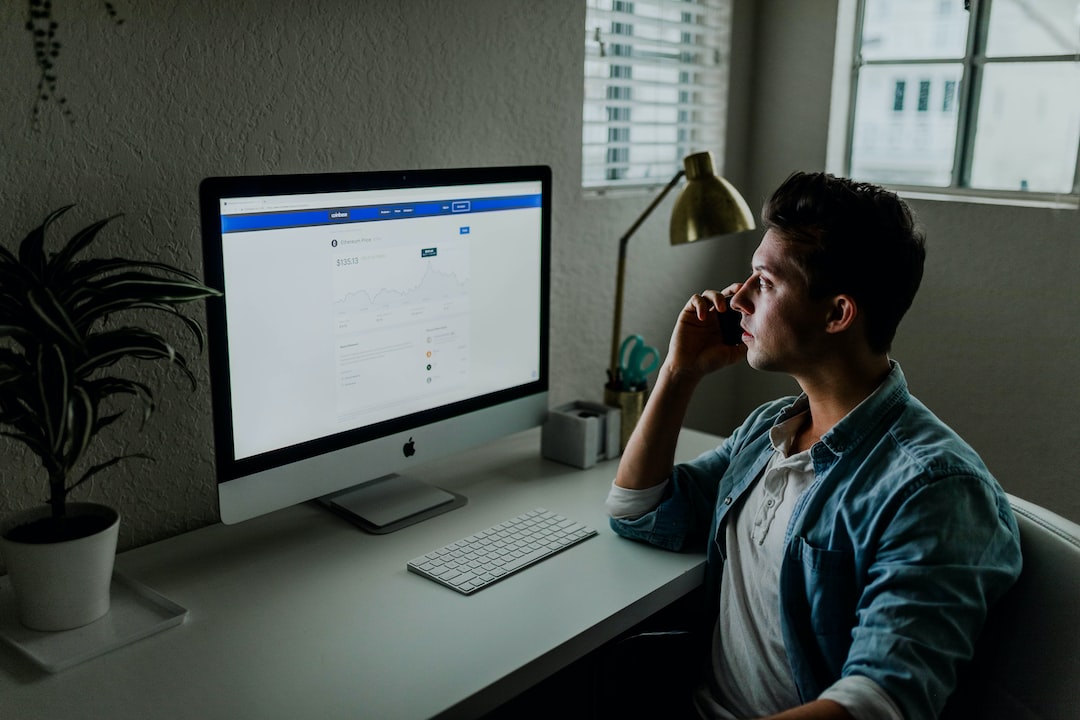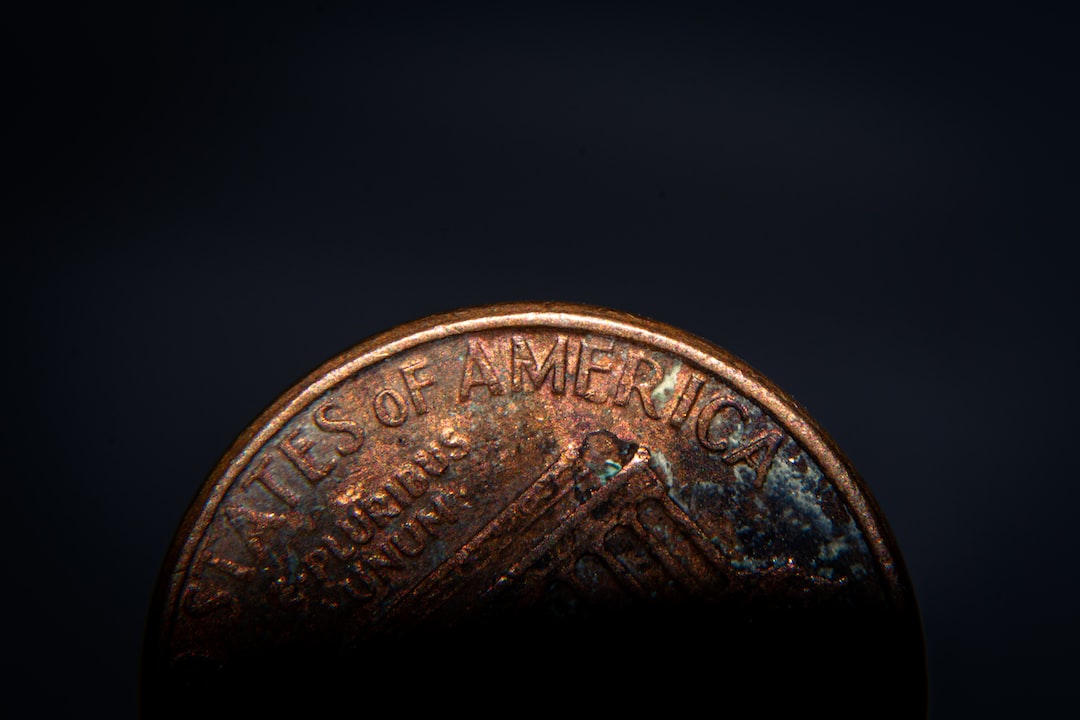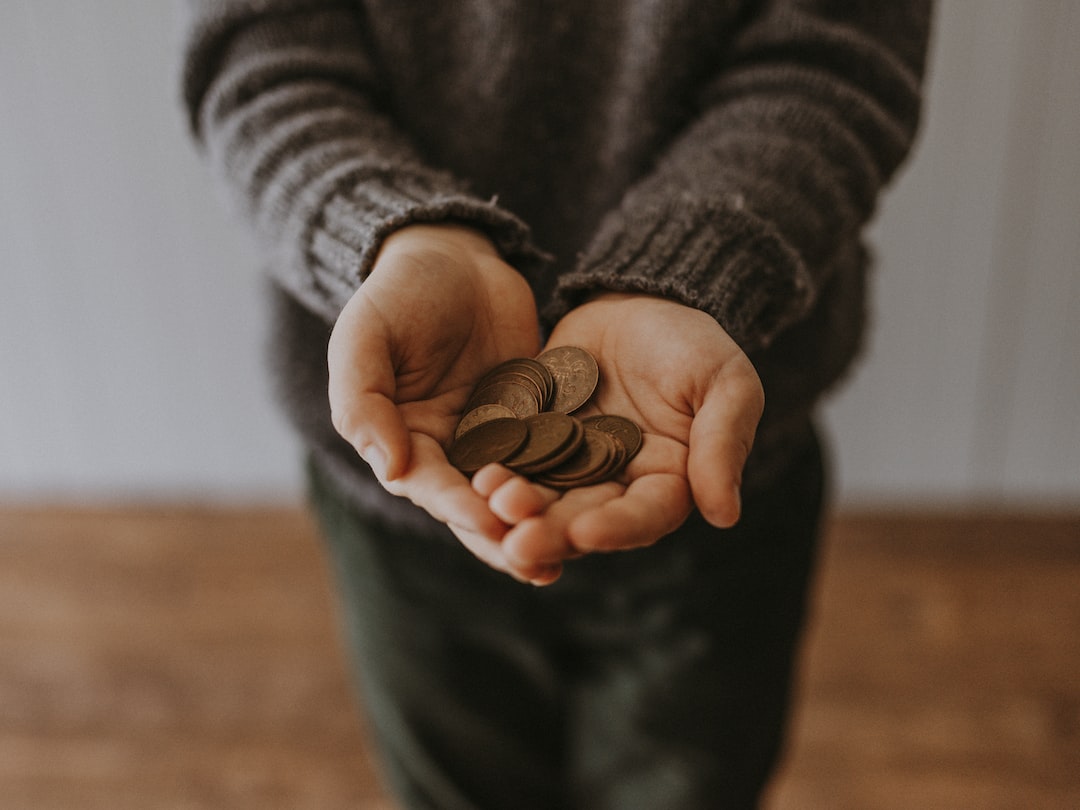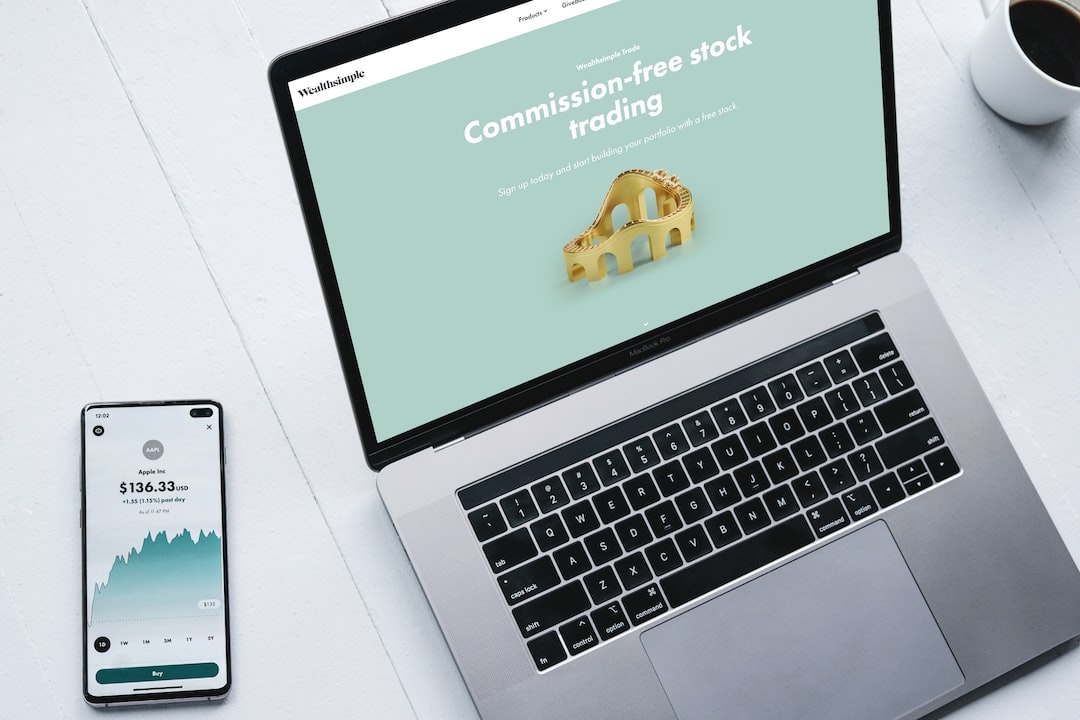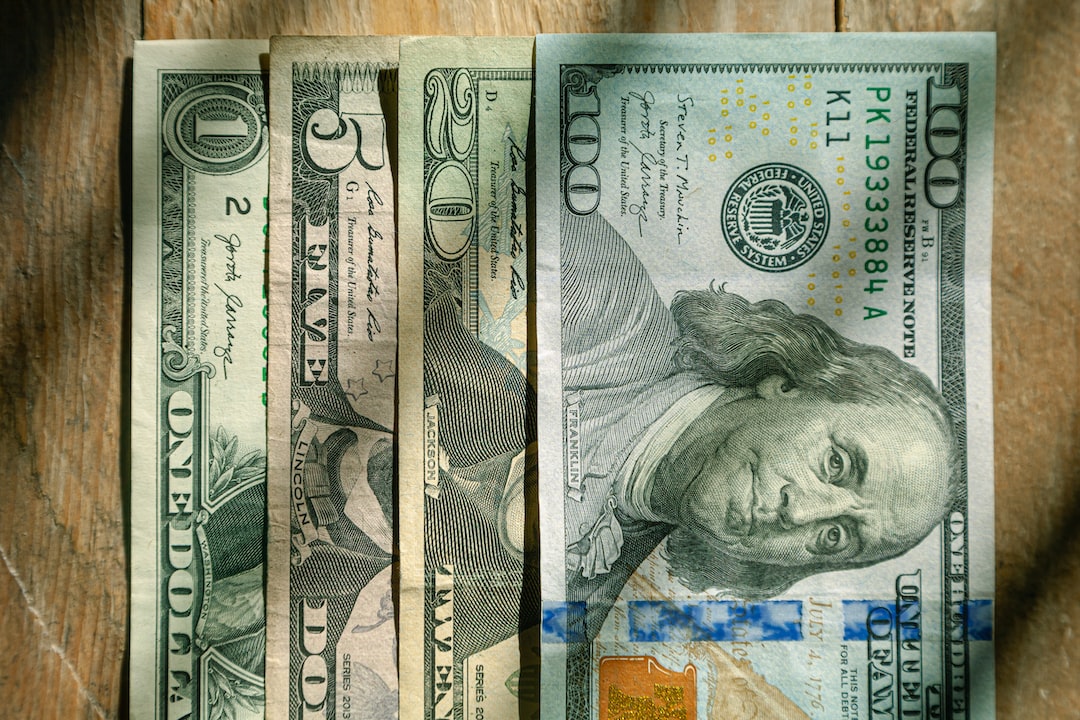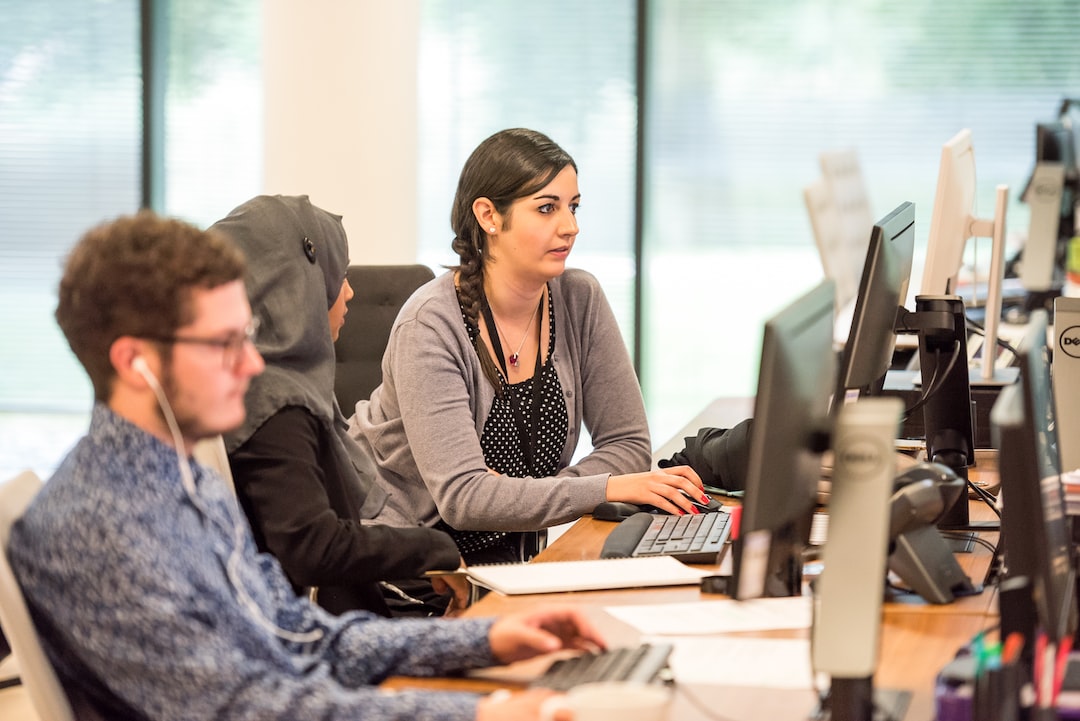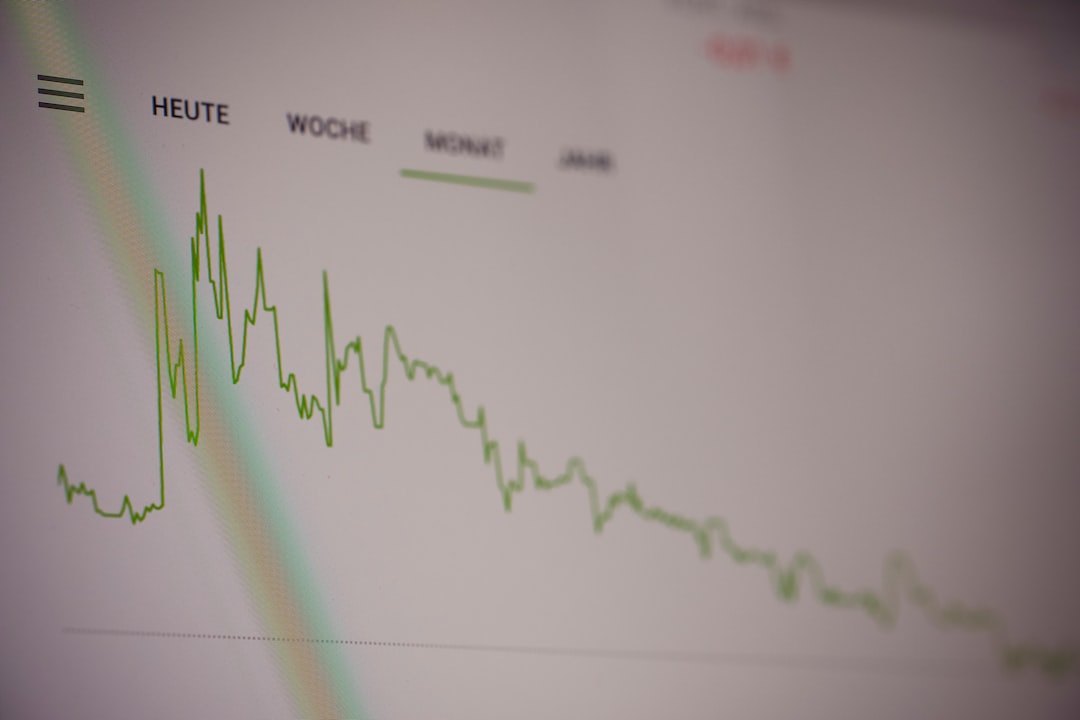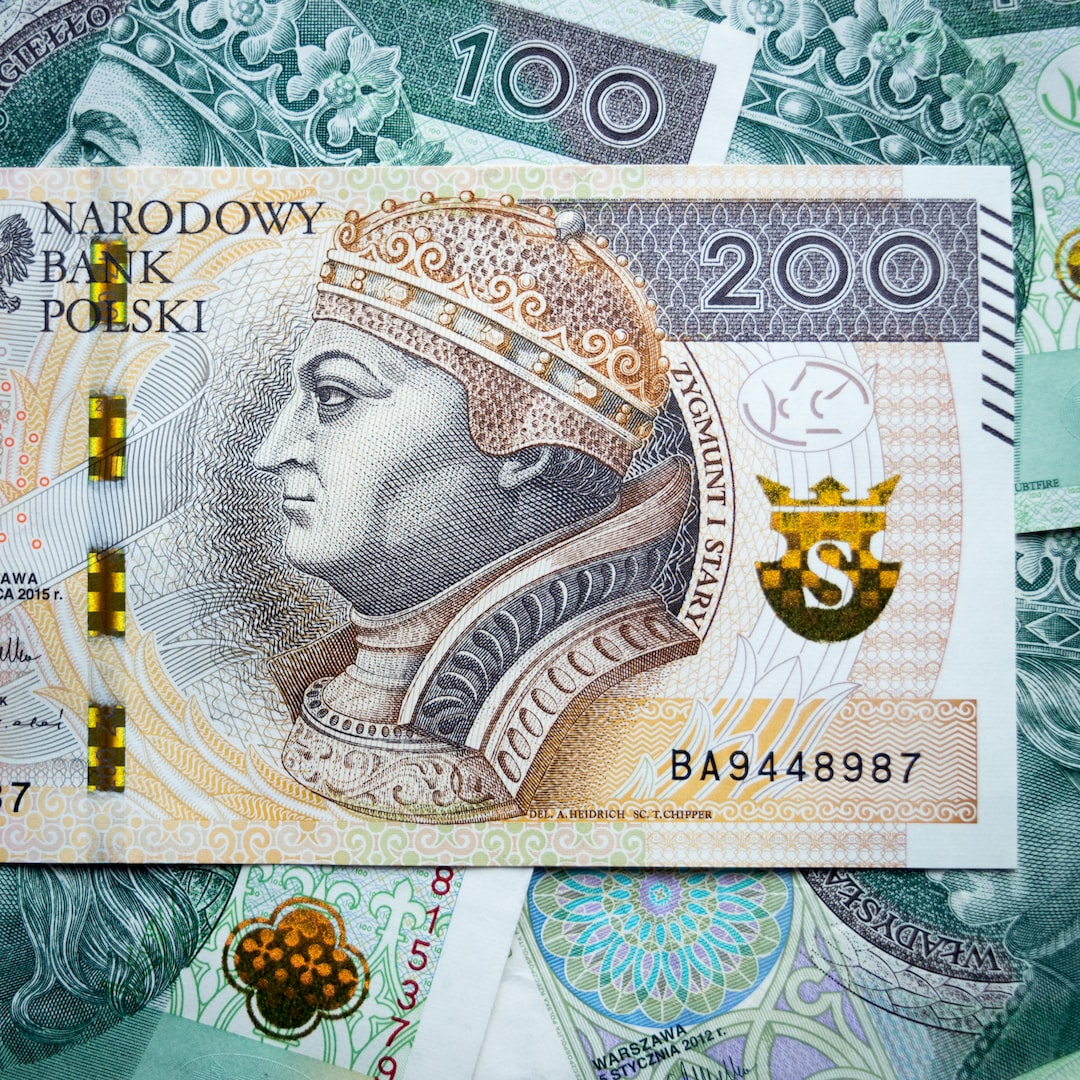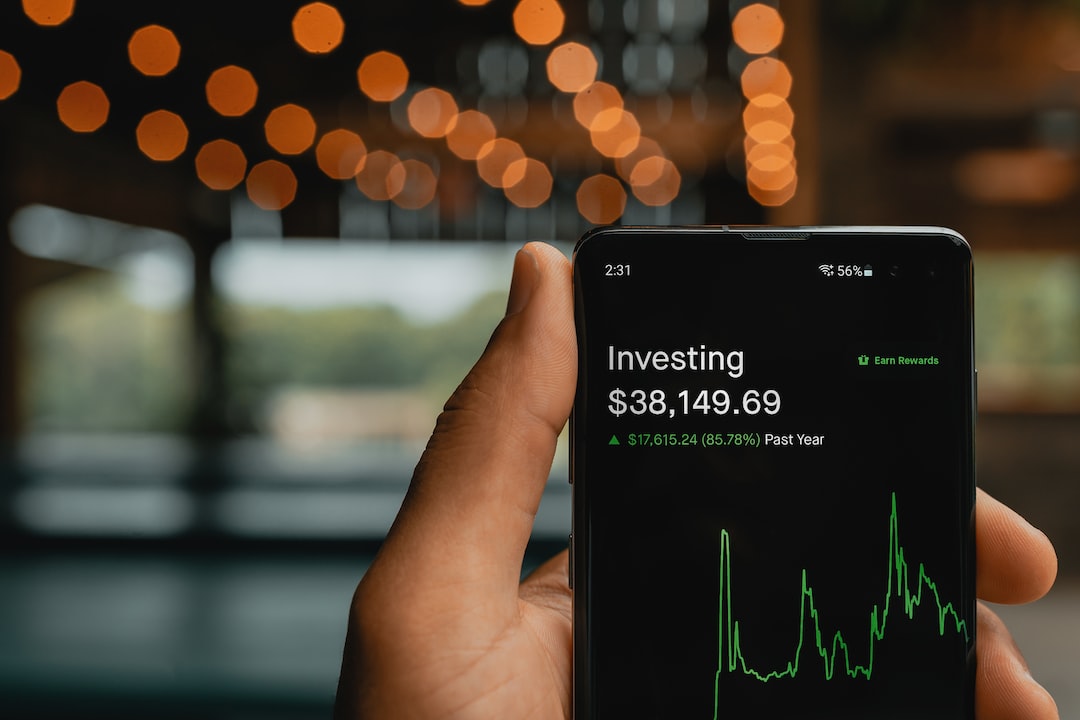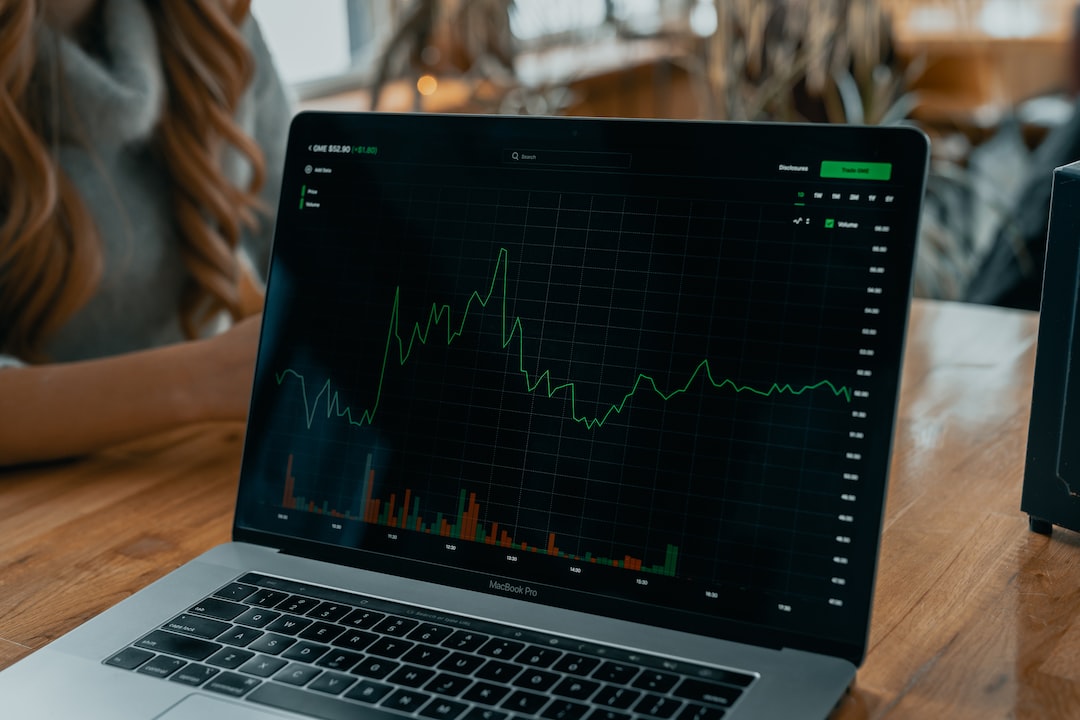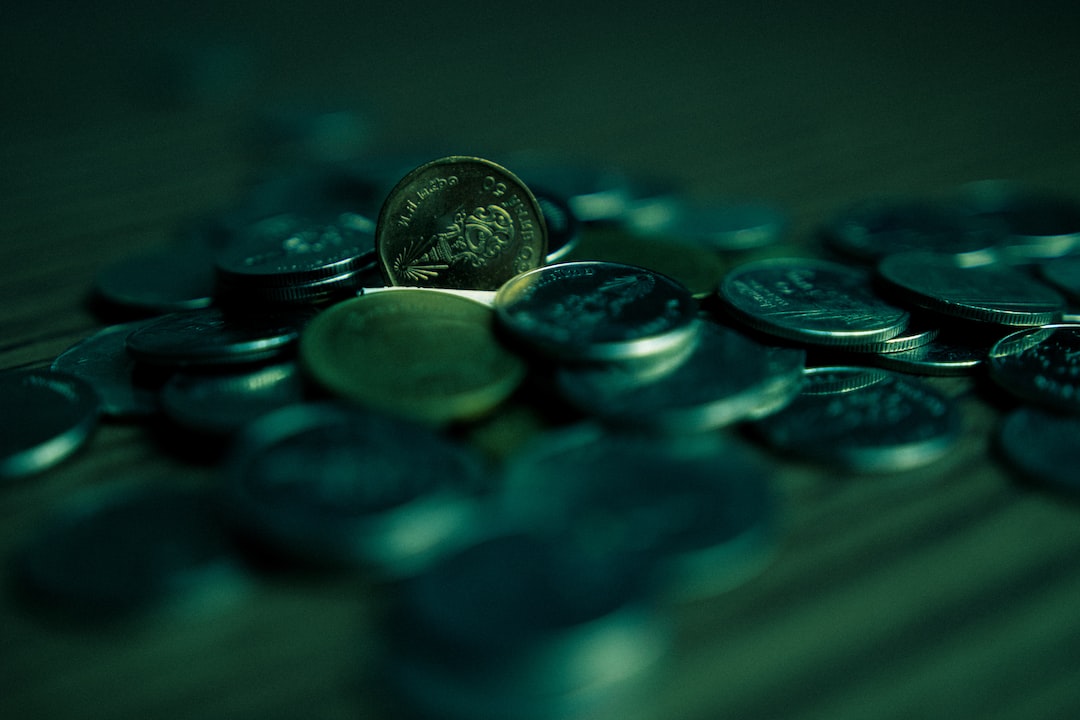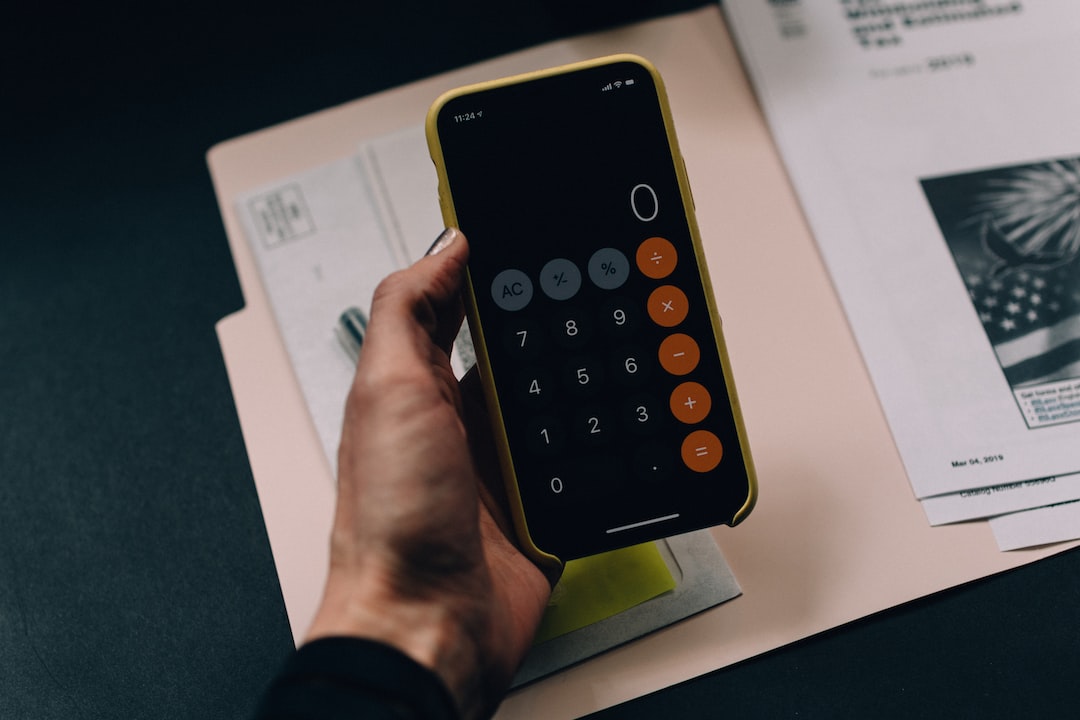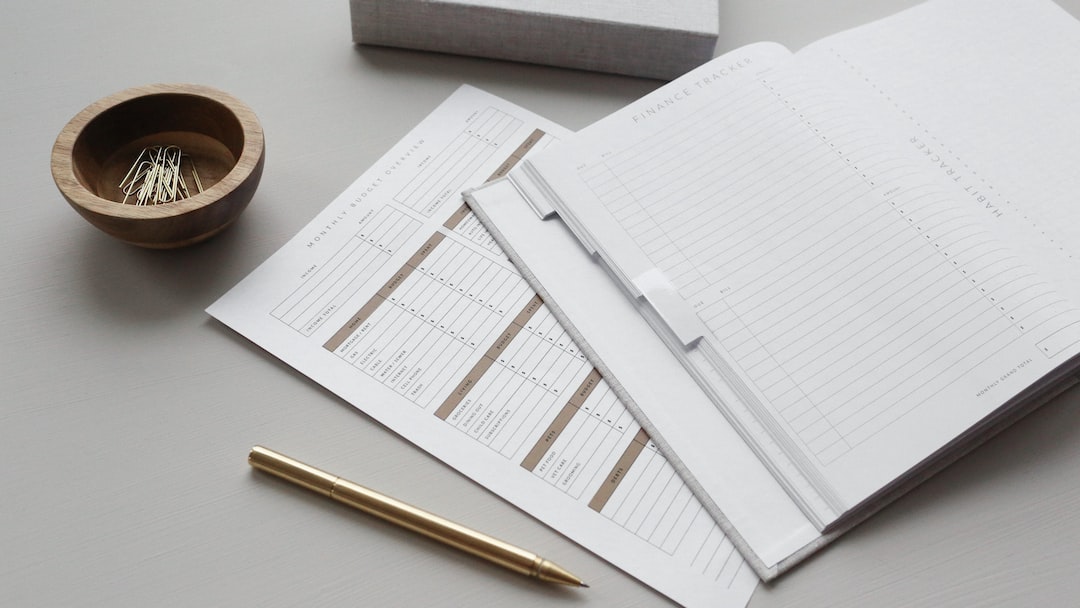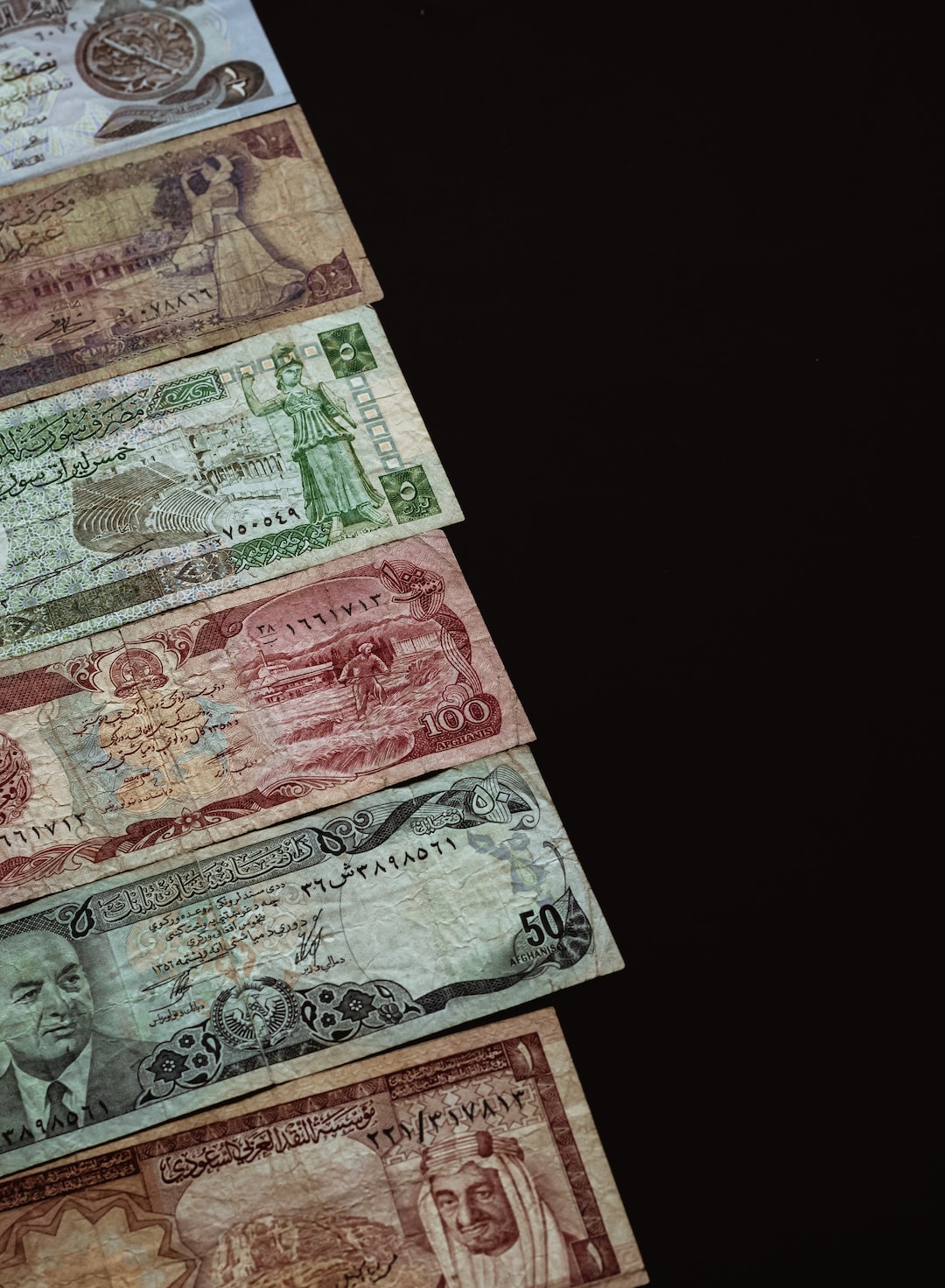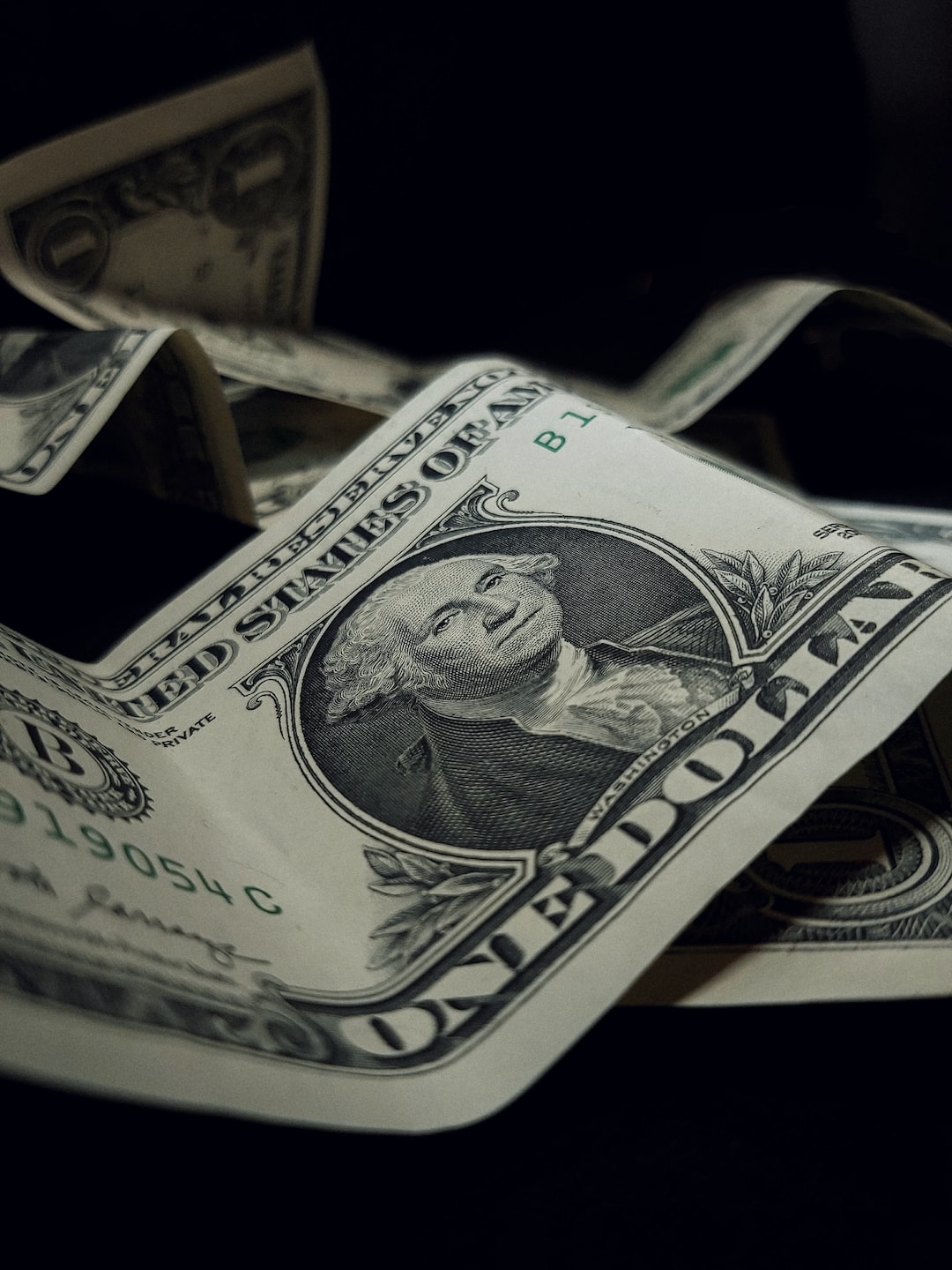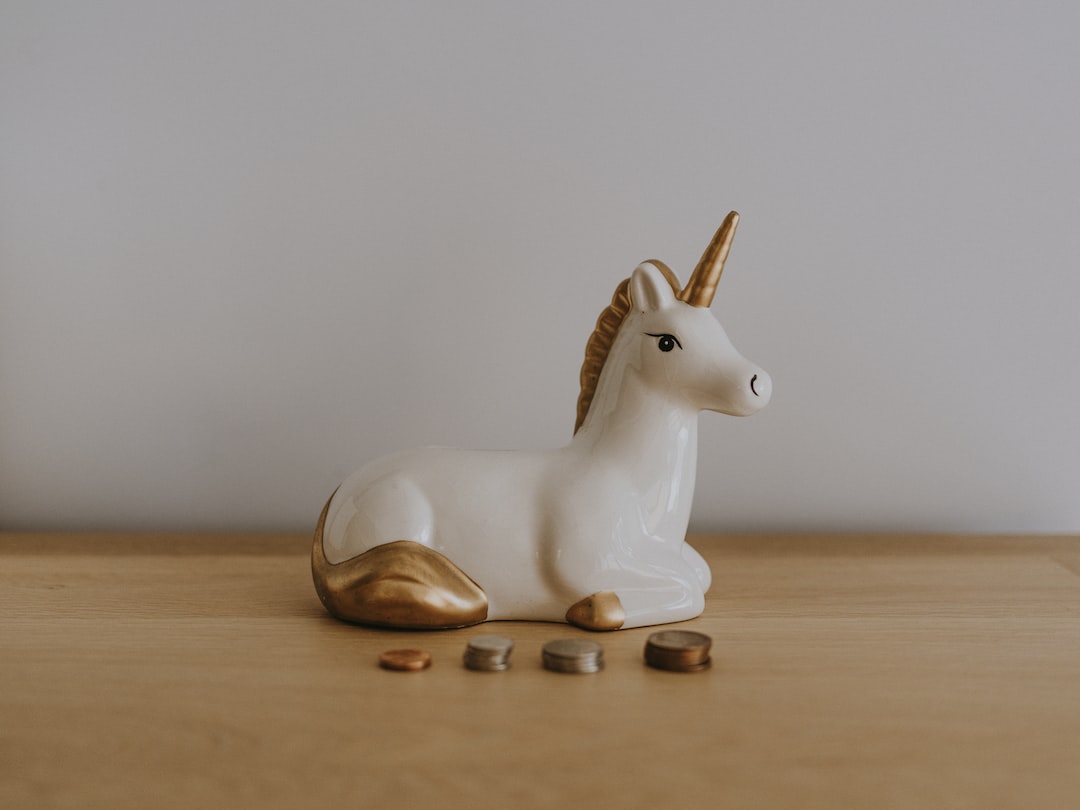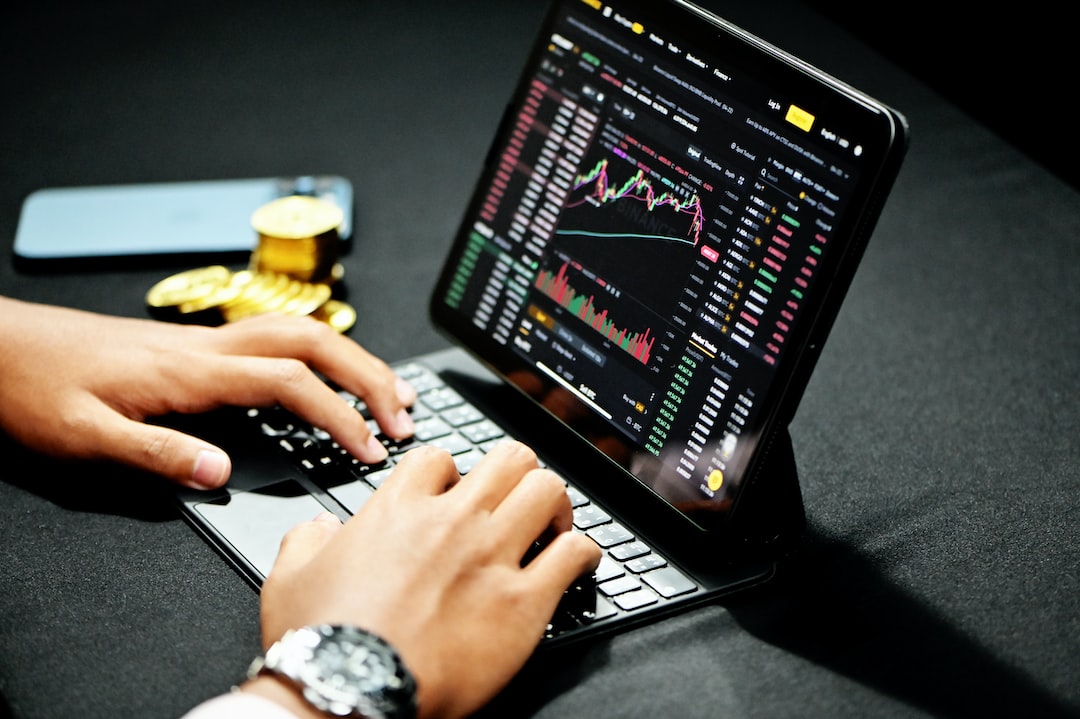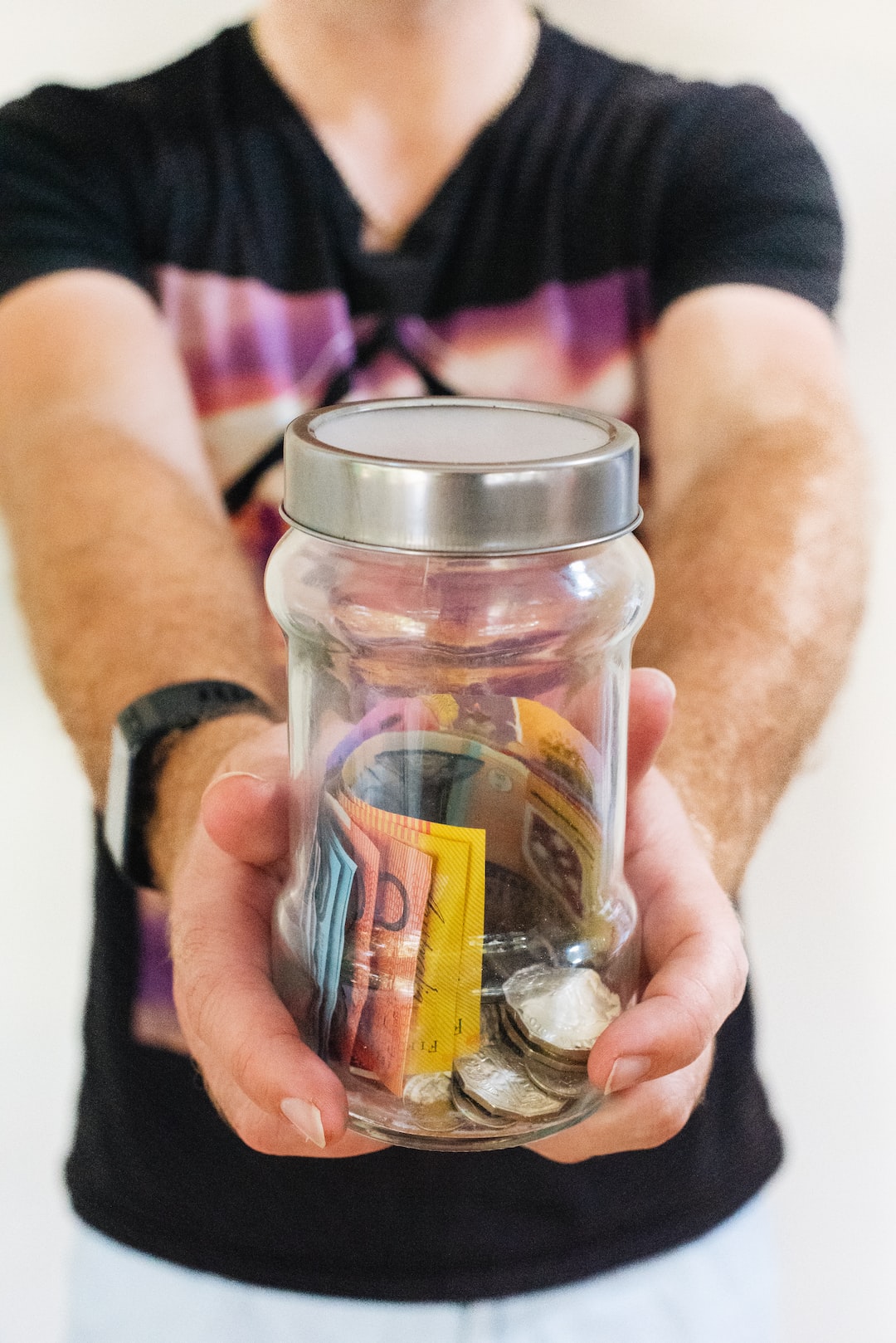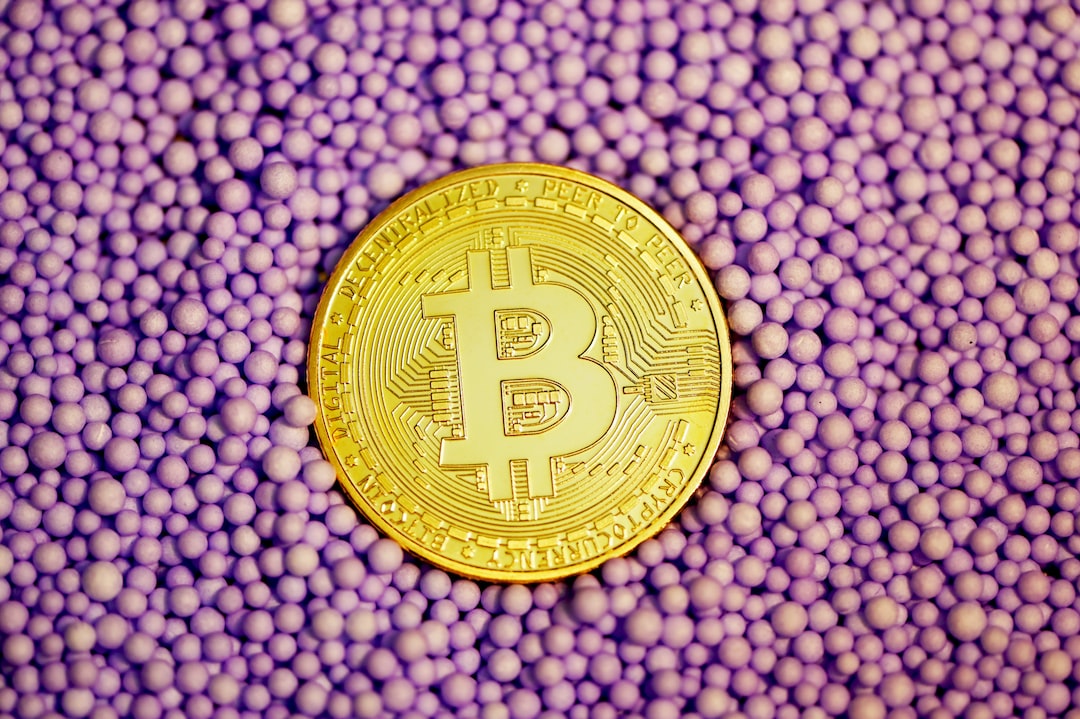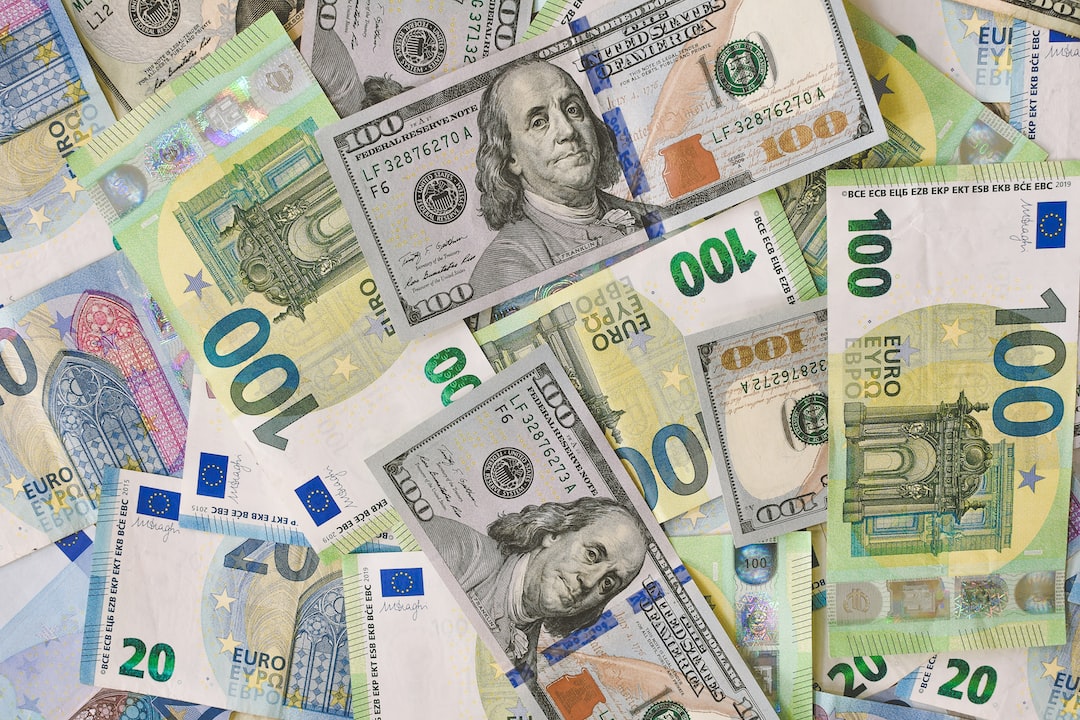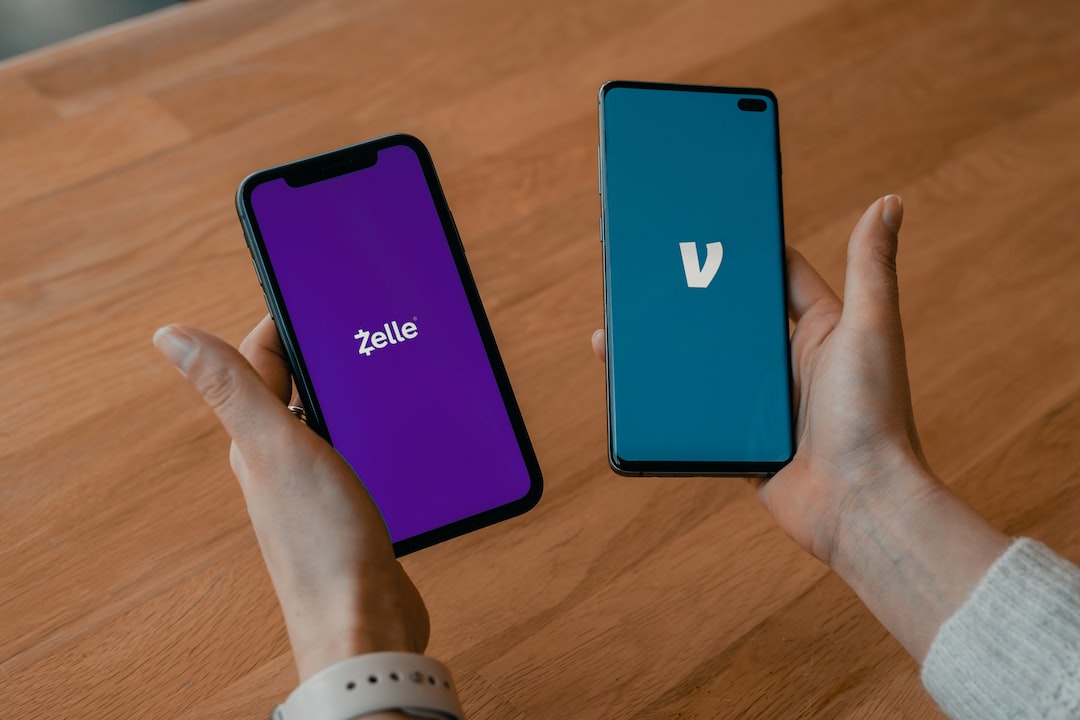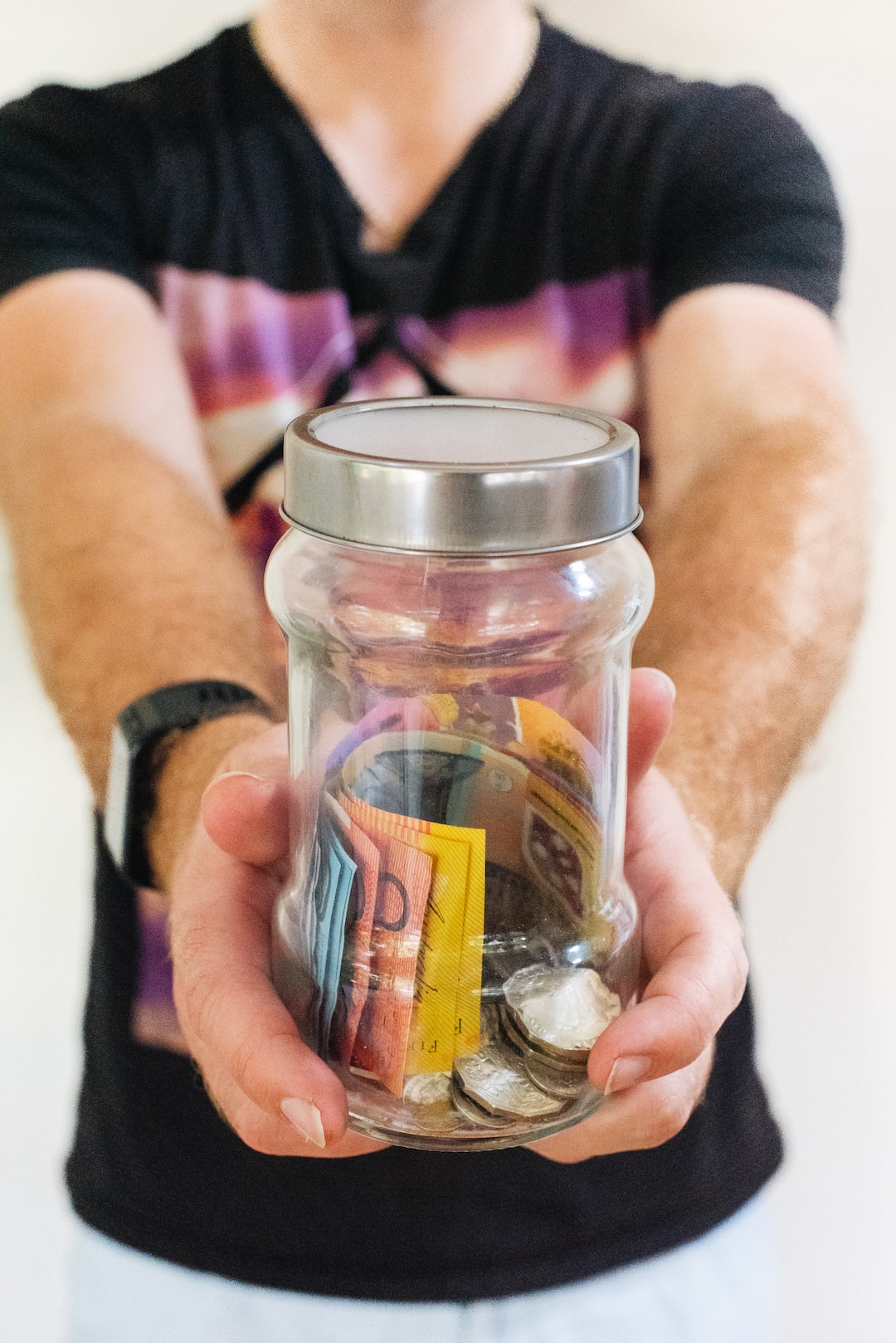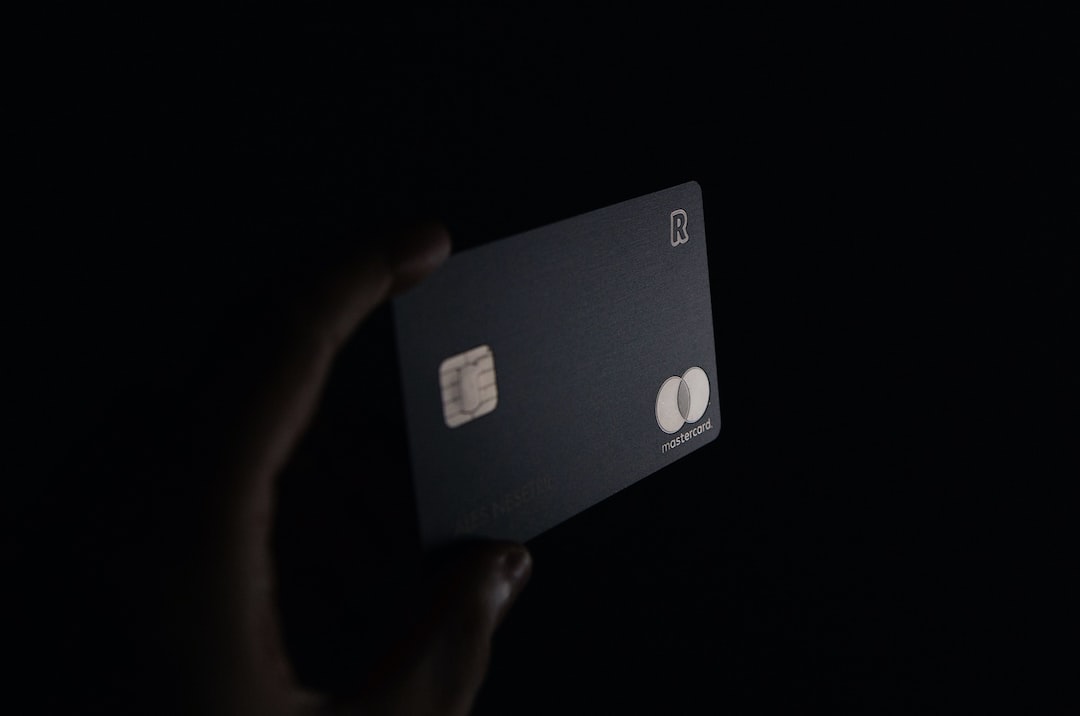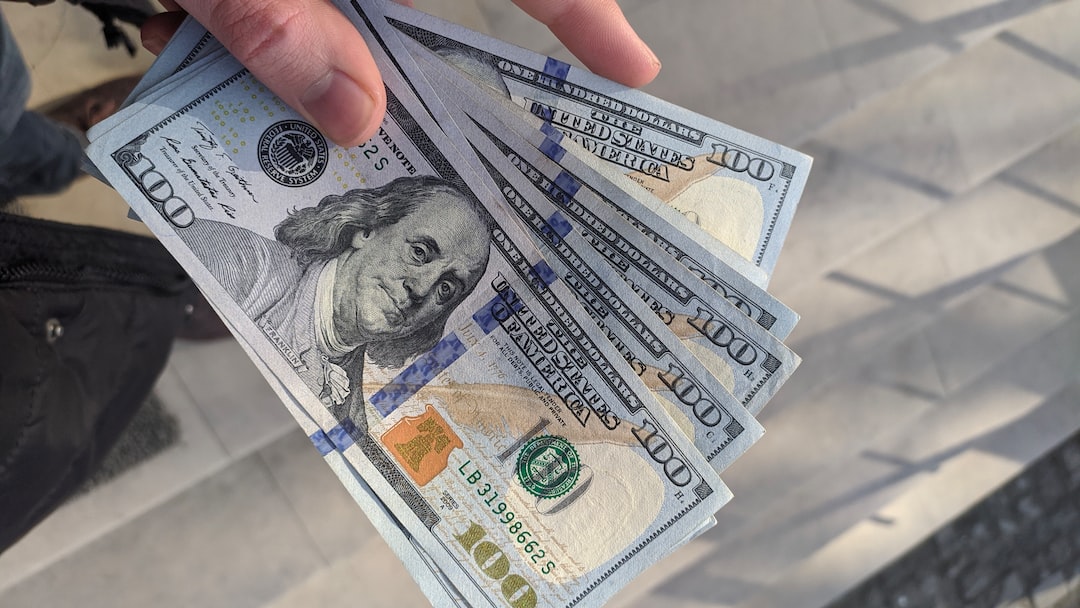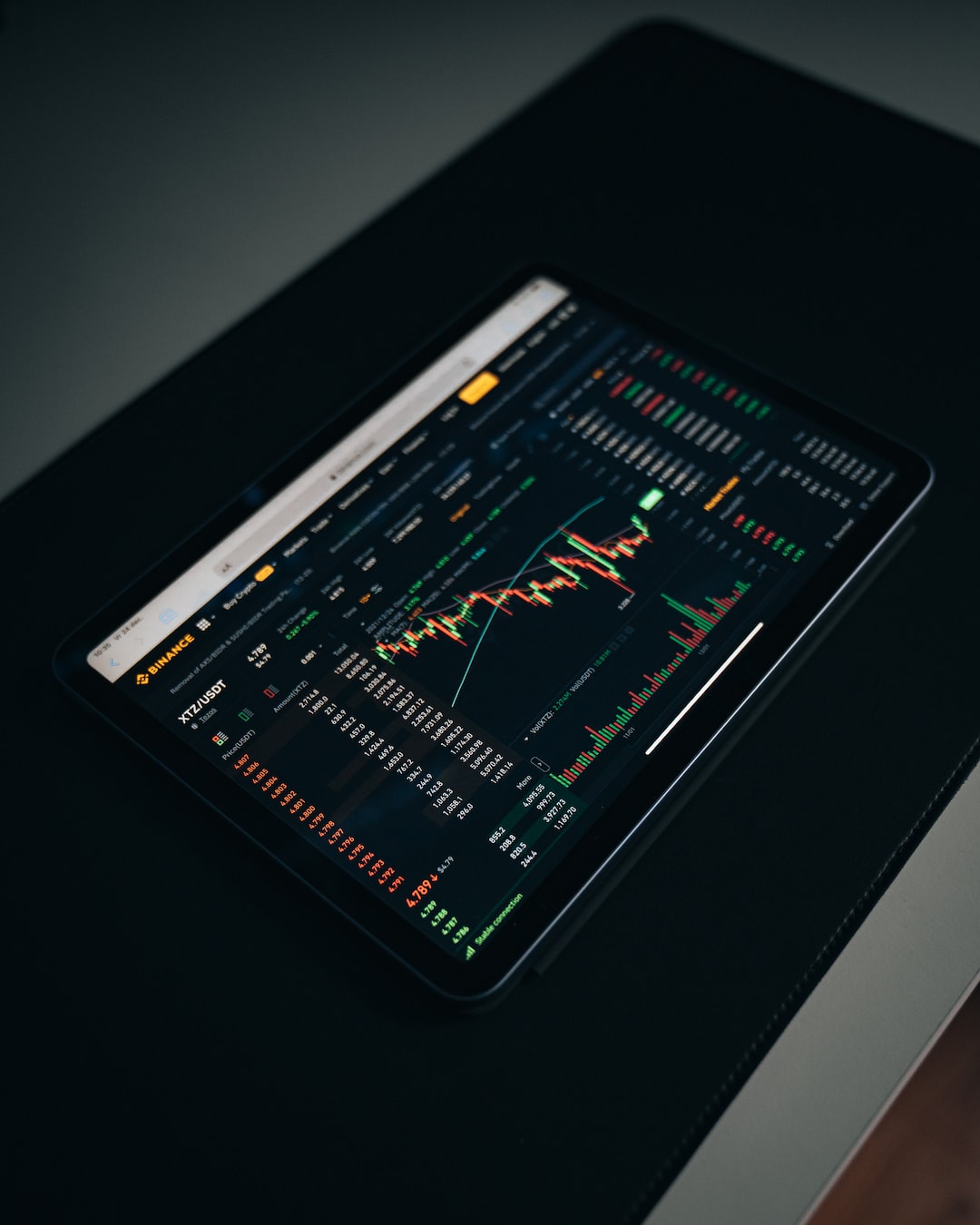Forex trading is the buying and selling of currencies in the foreign exchange market. It is a highly volatile market that can give traders huge profits or losses depending on how they trade. The MetaTrader 4 (MT4) trading platform is one of the most popular platforms used by forex traders. In this article, we will explain how to trade forex for beginners using the MT4 platform.
1. Understanding Forex Trading
Before you start trading forex, it is essential to understand the basics of forex trading. Forex trading involves buying and selling currency pairs. The currency pairs are quoted in two currencies, the base currency and the quote currency. For example, EUR/USD is the euro as the base currency and the US dollar as the quote currency. When you buy a currency pair, you are buying the base currency and selling the quote currency.
2. Choosing a Forex Broker
The first step in trading forex is to choose a forex broker. A forex broker is a company that provides traders with a platform to trade forex. When choosing a forex broker, you should consider factors such as regulation, fees, customer support, and trading platforms. It is recommended to choose a regulated forex broker to ensure the safety of your funds.
3. Opening a Trading Account
Once you have chosen a forex broker, the next step is to open a trading account. Most forex brokers offer different types of trading accounts, such as demo accounts, standard accounts, and VIP accounts. A demo account is a practice account that allows traders to practice trading without risking real money. A standard account is a real money account that allows traders to trade in the forex market with real money.
4. Downloading and Installing MT4
After opening a trading account, the next step is to download and install the MT4 trading platform. The MT4 platform is available for download on the forex broker’s website. Once you have downloaded the platform, follow the installation instructions to install it on your computer.
5. Login to the Trading Platform
After installing the MT4 platform, the next step is to login to the platform using the login credentials provided by the forex broker. Once you have logged in, you will see the MT4 trading platform’s interface, which includes charts, indicators, and other tools.
6. Setting Up Charts
The MT4 platform provides traders with a variety of chart types, such as line charts, bar charts, and candlestick charts. Traders can also customize the charts by changing the chart’s colors, timeframes, and adding indicators. To set up a chart, select the currency pair you want to trade and choose a chart type.
7. Placing a Trade
To place a trade in the MT4 platform, select the currency pair you want to trade and click on the ‘New Order’ button. A new window will appear, where you can set the trade’s parameters, such as the trade size, stop loss, and take profit levels. Once you have set the trade’s parameters, click on the ‘Buy’ or ‘Sell’ button to place the trade.
8. Managing Trades
Once you have placed a trade, you can manage the trade by setting stop loss and take profit levels. A stop loss is a level where you want to exit the trade if the price goes against you. A take profit level is a level where you want to exit the trade if the price goes in your favor. You can also modify the trade’s parameters, such as the trade size, stop loss, and take profit levels.
9. Closing Trades
To close a trade, select the trade you want to close and click on the ‘Close’ button. The trade will be closed, and the profit or loss will be added to your account balance. You can also partially close a trade by selecting the trade and entering the trade size you want to close.
Conclusion
Forex trading can be a profitable venture if you know how to trade forex. The MT4 platform is one of the most popular platforms used by forex traders. In this article, we have explained how to trade forex for beginners using the MT4 platform. The key to successful forex trading is to have a solid trading plan, risk management, and discipline.



